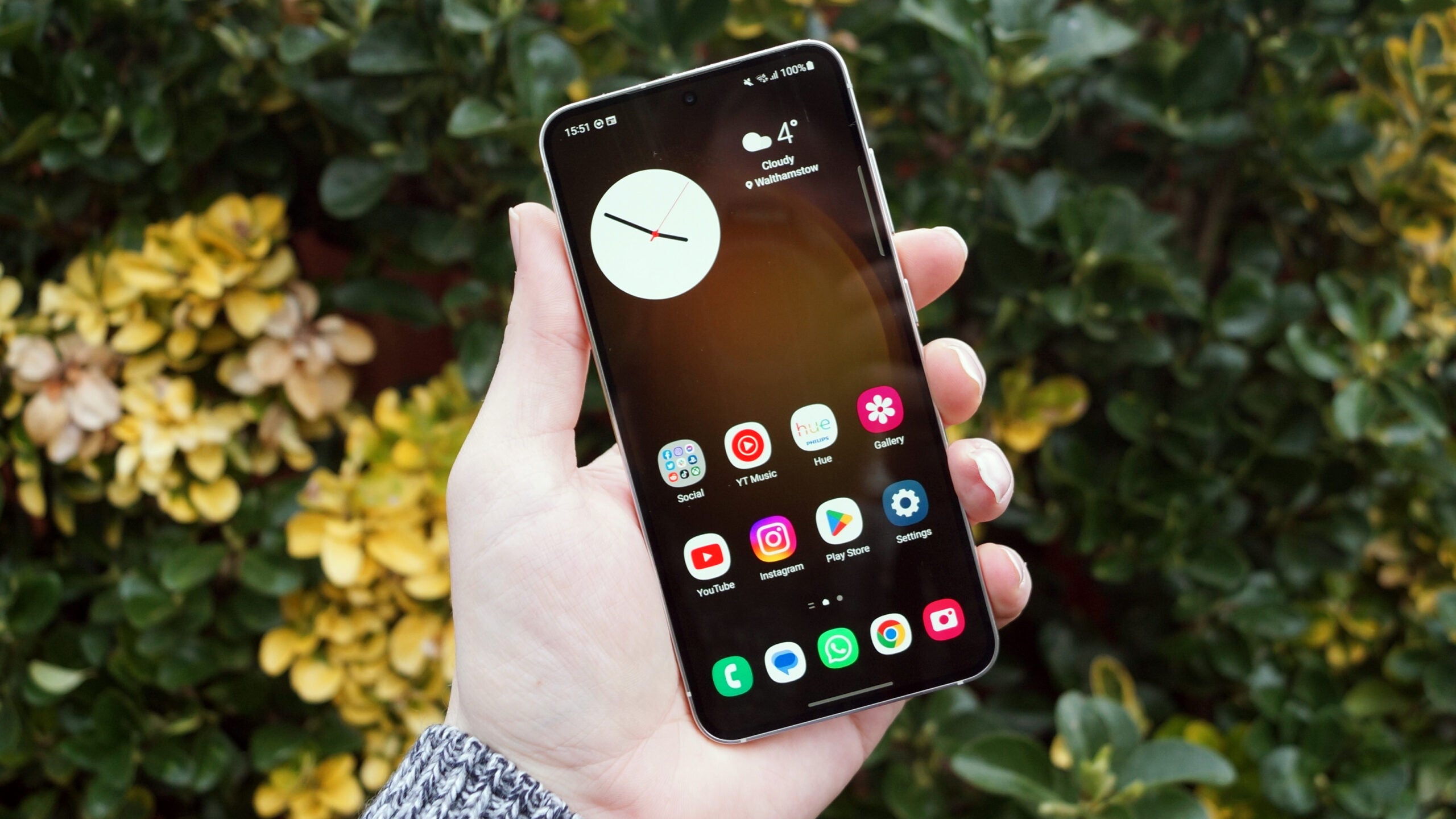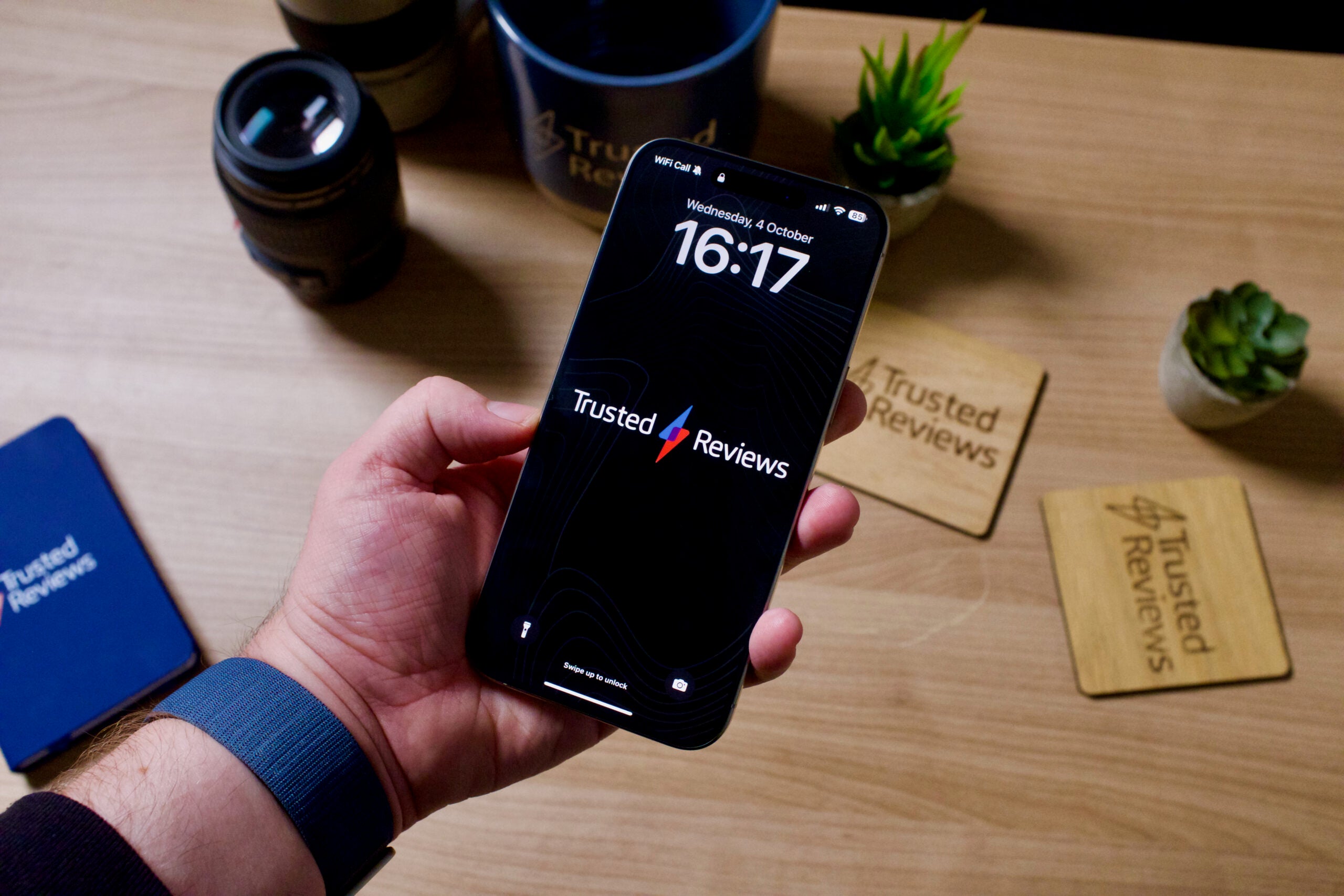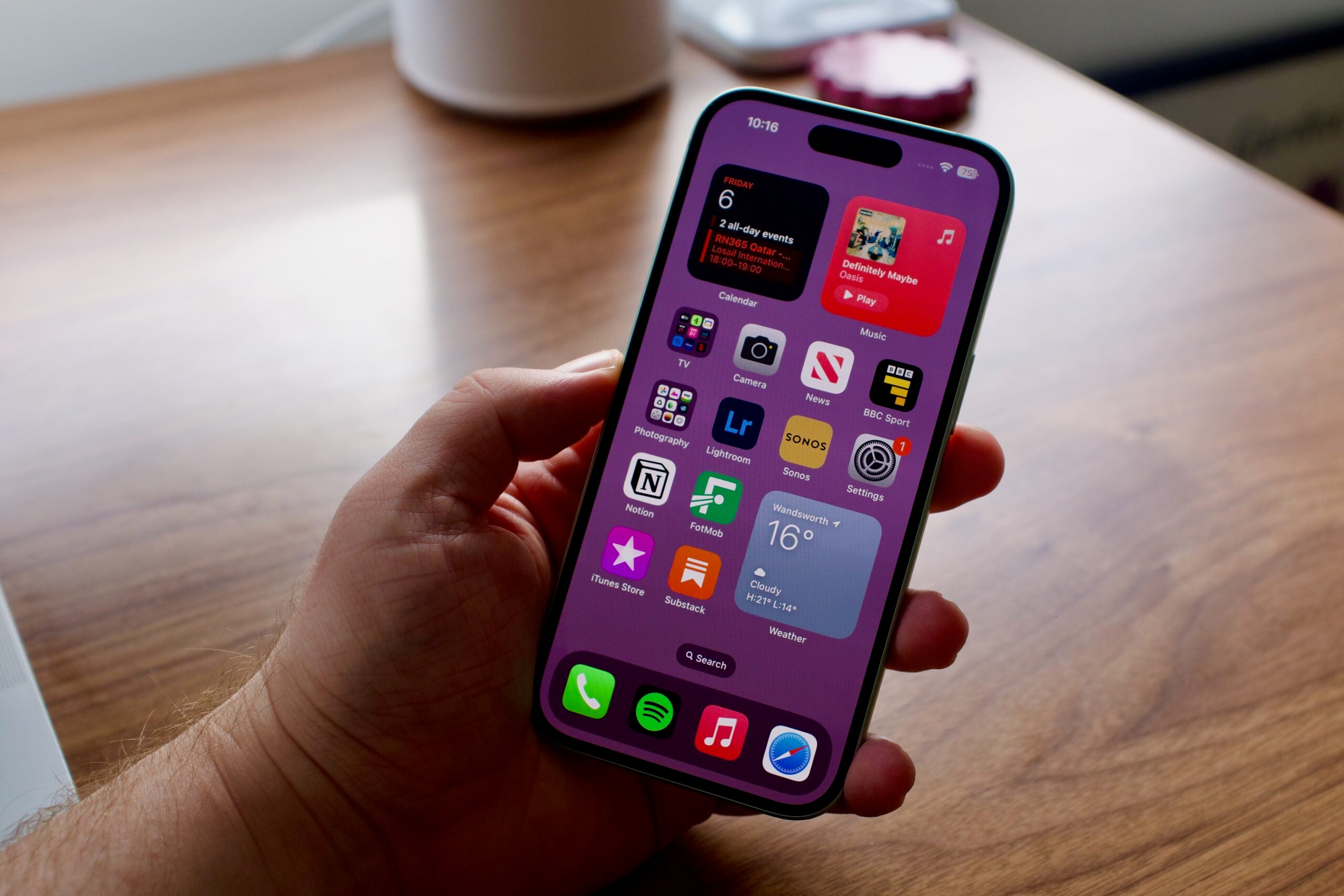Xiaomi 13 Review
The Xiaomi 13 fills a very specific niche in the Android phone world
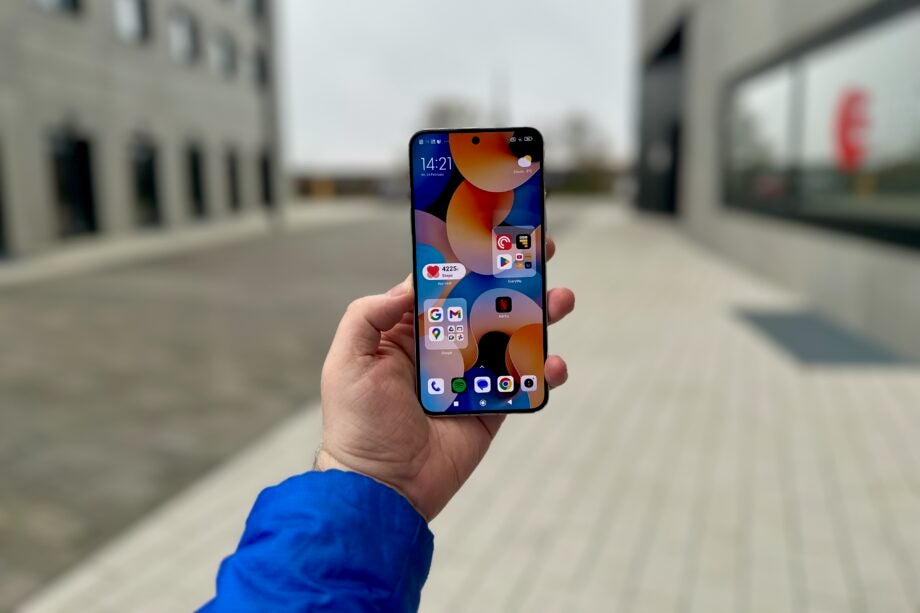

Verdict
The Xiaomi 13 manages to find a unique niche in the Android phone world, offering all the power available in a more compact shell. It’s not a small phone, but it feels comfier to grip than a lot of competition. Add in a good camera and a bright screen and you have got a very tempting package.
Pros
- Lovely, bright screen
- The compact design is great
- Fantastic performance
Cons
- Camera isn’t a complete success
- Software takes some getting used to
- Poor colour options in the UK
Availability
- UKRRP: £849
- USAunavailable
- EuropeTBC
- Canadaunavailable
- AustraliaTBC
Key Features
- Leica cameraCamera optics co-engineered with famed brand Leica
- Very fast charging67w plug gets a full charge in less than 40 minutes
- Fast internalsQualcomm Snapdragon 8 Gen 2 chipset for speedy performance
Introduction
Xiaomi has teamed up with Leica for its Xiaomi 13 series of phones, hoping to inject a little extra imaging knowledge into its 2023 flagship series.
It’s true that the Xiaomi 13 Pro is the more interesting Xiaomi launch of 2023, yet after spending the past few weeks testing out the smaller, cheaper Xiaomi 13 and getting to speak directly to Leica reps about its camera system, there’s no doubt there’s plenty to like here.
This is a compact, powerful and well-designed Android phone that doesn’t have many obvious failings, aside from a little jank thanks to Xiaomi’s MIUI software.
Design and Screen
- Comfortable size
- Exceptional fit and finish
- Bright, colourful OLED screen
While they might be part of the same series, the Xiaomi 13 varies wildly in its design to its Pro sibling. And I have no doubts in saying I much prefer the look, feel and overall dimensions of the Xiaomi 13.
The Xiaomi 13 goes for a very flat look, something not often seen with Android phones. Both the polished sides and fantastic 6.36-inch OLED display are free of curves, with the phone looking a little like a glossier iPhone 14 as a result. It’s IP68 rated too, and the glass back allows for wireless charging – two features sometimes ditched on devices without a ‘Pro’ moniker.
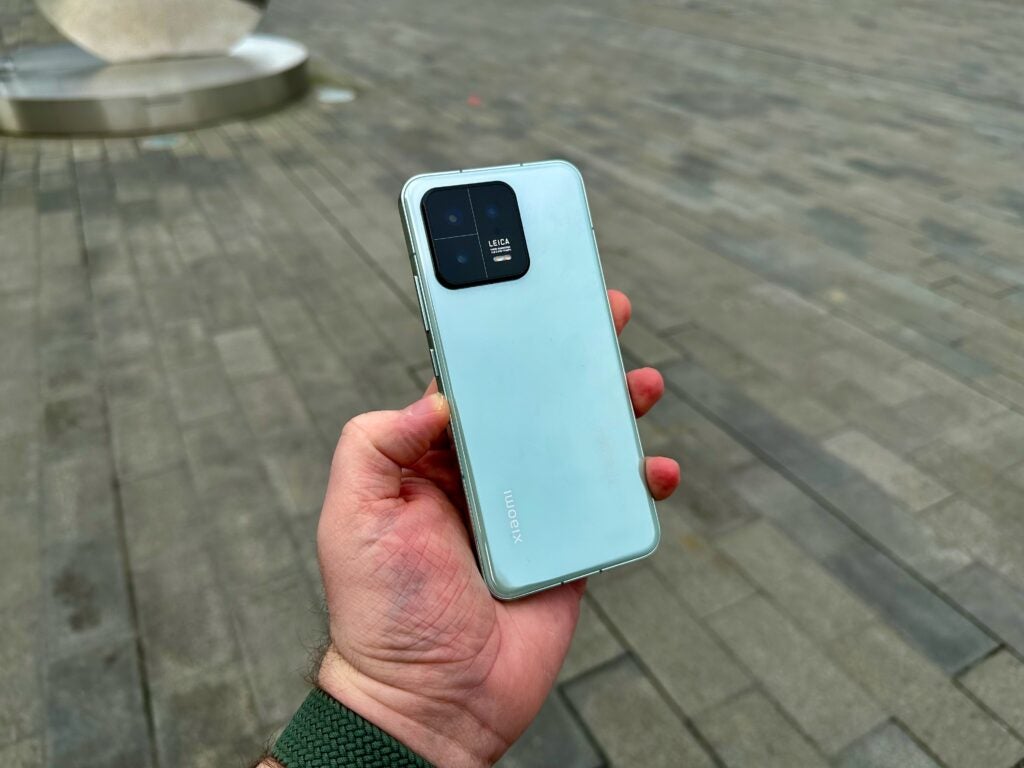
In this Flora Green hue, you’ll see in the images, the Xiaomi 13 really does look great. It’s a shame then that, at least in UK markets, the phone will only be available in a less interesting black finish.
It’s got a heap of finesse too, from the very minimal bezel surrounding the screen to the tasteful camera housing on the back. This is easily one of the best-looking Android phones around today.
At 189g it is light and it is also one of the more compact flagship phones around. It’s a phone that I can comfortably hold in one hand without having to stretch my thumb too much.
The screen is another star aspect, thanks to punchy colours and strong levels of brightness. Playing back Dolby Vision content through Netflix, the OLED panel did an excellent job at highlighting the brighter scenes while ensuring the darker ones were inky and immersive.
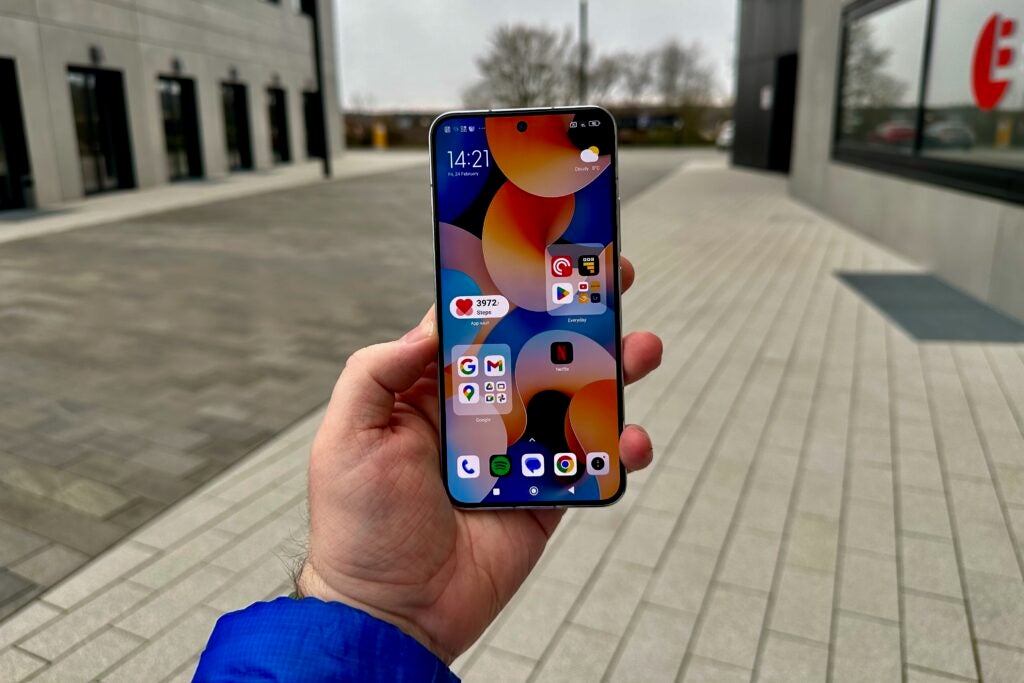
You do miss out on the 1440p resolution by not plumping for the Pro, but at 6.36 inches, a 1080p panel remains very sharp. It’s a very bright display in regular use, easily being usable outdoors on brighter days once the brightness has been pumped up all the way.
The regular Xiaomi 13 also misses out on the LTPO display of the Pro model. The panel here won’t ramp down to 1Hz to save power, instead, it can be set to move between 60 and 120Hz in an adaptive mode – or to always stick at 120Hz. I flicked through the modes, eventually sticking to the 120Hz option as I found this gave the most consistent smooth image, even if it did affect battery life.
Performance
- Top-tier specs
- Fast performance
- Good battery life along with snappy charging charging
Powering the Xiaomi 13 is Qualcomm’s top-tier Snapdragon 8 Gen 2 chipset – the same silicon you’ll find in the OnePlus 11. I’ve been thoroughly impressed by the chip so far, especially when it comes to GPU performance and staying cool.
While a title like Genshin Impact can’t be pushed up to maximum settings everywhere, it gets close. Other games I tried all ran with ease, and importantly without the phone getting warm. After the fairly disappointing 8 Gen 1, Qualcomm has really improved things with the 2023 release.
In benchmark tests, the Xiaomi 13 matches up with similarly-specced rivals like the OnePlus 11 and I felt the same while using the phone on a daily basis. It’s rare to have all this power in a smaller body and it’s certainly welcome. Qualcomm’s latest chip also enables futureproofing benefits, like support for Wi-Fi 7.
The chipset is paired with 8 or 12GB of memory (the fast LPDDR5X kind) and 256GB of storage – even though this isn’t the true 13 series flagship, it’s great to see Xiaomi deciding against slimming down the spec sheet too much.
However, the software experience left a little to be desired and it’s one of my few real criticisms of this device. I’ve never been a huge fan of Xiaomi’s MIUI and MIUI 14 still feels like an Android OS trying its best to mimic Apple’s iOS, completely removing any of the minimalistic design Google has been adding to its own software builds in recent years.
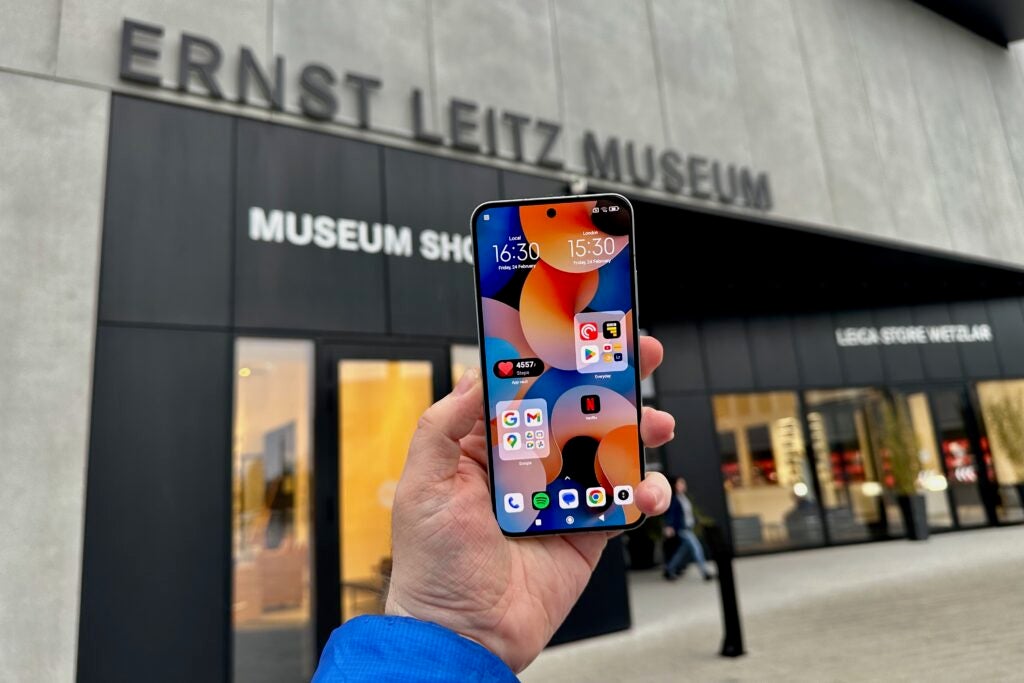
Some Android staples, like being able to swipe notifications away from either side, are weirdly ditched and the quick settings panel is a dodgy iPhone rip-off that doesn’t tie directly into the notification shade as it does on just about every other Android phone. It’s little things like that make using the Xiaomi 13, at times, a frustrating experience.
There are also a lot of random ‘bleeps’ and ‘bloops’ when you’re interacting with the software and a boatload of pre-installed junk.
Camera
- Co-engineered with camera brand Leica
- Three rear cameras, with a main 50MP unit
- Leica influence everywhere
I feel like I have said this hundreds of times over the past decade, but the Xiaomi 13 series is focussing a lot on the camera. While the Pro model bags the true ‘flagship’ shooting experience with a 1-inch sensor, the standard 13 isn’t short on imaging prowess.
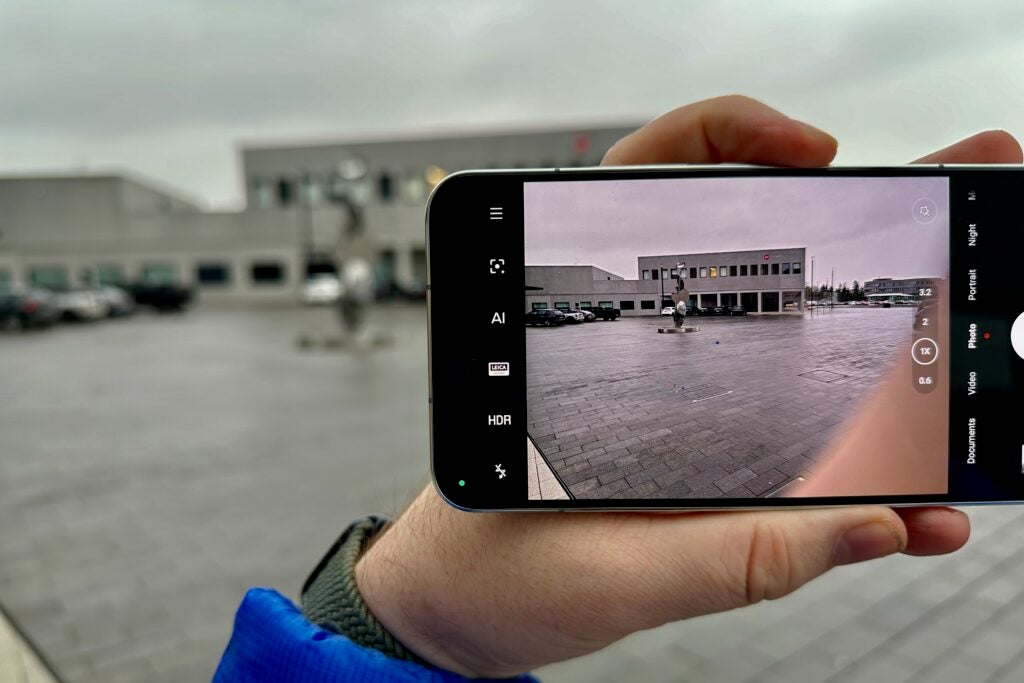
Xiaomi partnered with Leica last year, kicking off with the release of the Xiaomi 12S Ultra. The Xiaomi 13 feels like the true worldwide start of the partnership though, with Leica’s brand featured heavily both in the marketing and on the device itself.
If Leica partnering with a smartphone vendor sounds familiar then I am not surprised. For a number of years, the camera brand was plastered over Huawei’s best phones and some of the very best camera phones of the past ten years. That partnership ended in 2022, and it seems Xiaomi snuck right in and inked a deal to take over.
I can’t quite decide whether this is merely a marketing ploy for both brands or a true boon that’ll significantly improve the quality of Xiaomi’s optics. In truth, it’s probably a little of both. There’s no denying it suits both parties. Xiaomi gets to slap the brand of arguably the world’s most exclusive camera brand on its new phone and Leica gets to appeal to many more customers across the globe.
Yet, this is still very much a Xiaomi-designed camera array with some Leica ‘benefits’. Leica hasn’t built the lens in one of its factories, instead using the term co-engineered and making it clear it’s had input in the design process. This was the same with the Huawei partnership, and that lead to some exceptional cameras.
Aside from the Leica branding (interestingly there’s no actual Leica logo) you’ll see the name pop-up throughout the camera app. Two shooting profiles are prominent, with Authentic aiming to provide true-to-life images and Vibrant adding a little extra colour to shots. There are also four Leica filters, and a shutter sound inspired by the brand.
It’s all well and good partnering with an iconic brand, but it’s not an instant route to success. Oppo and OnePlus’ tie-up with Hasselblad, for instance, has consistently felt like a pure marketing ploy to me.
Having spent a couple of weeks with the Xiaomi 13, taking a lot of pictures in all the various modes, it’s clear this is a very capable triple camera system that produces snaps that are generally far more natural than those from Apple, Samsung and Google devices. Still, I don’t think camera quality is as good as the Pixel 7, especially in lower-light situations where images from the Xiaomi 13 can often disappoint.
In terms of specs, there’s a 50MP main camera (f/1.8, OIS) paired with a 10MP telephoto and a 12.2MP ultra-wide. Flip the phone over and there’s a 32MP camera on the front. There are some neat Xiaomi tricks too, including something it’s calling HyperOIS which does a great job at keeping pets in focus as they quickly move. I tested this out with my small dog and it did a great job at producing photos that weren’t blurry as she was running about.
Flipping between the two Leica shooting modes, the pictures from both do match the vision both brands are clearly going for. Even in the Vibrant mode, the saturation and punch of colours are massively toned down giving snaps a very distinct look.
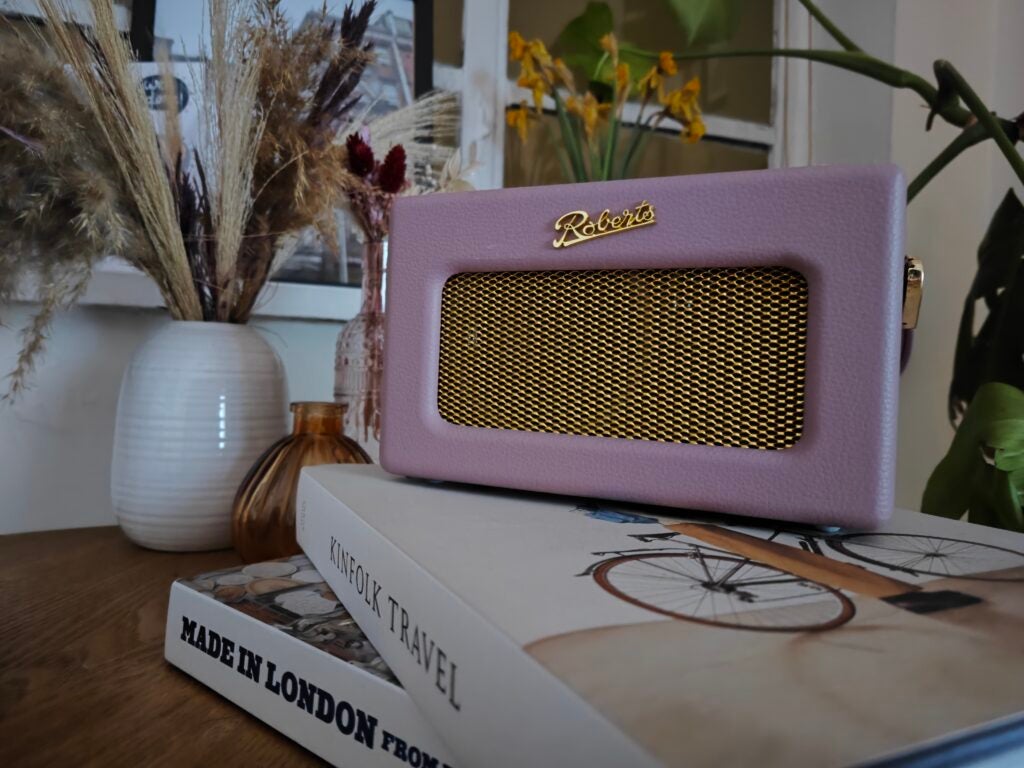

The two images above were taken in a dark room with a single small light source. The phone really brightens up the shots, but neither is a particularly strong representation of the scene as it was and the colours are severely muted to allow the additional brightness.
Shoot on a grey, drizzly day and the results are downright moody, with plenty of detail that’s far from oversharpened. The images look good, although when I was shooting more colourful instances the results left me a little bit cold. For instance, shots from an art exhibition full of bright colours – especially purples and reds – came out lacking the punch I got from an iPhone 14 Pro Max.



The ultra-wide camera does a good job at following the lead set by the main sensor, however, the colours and detail from the telephoto drop a little giving you a much different image. As with many phones that don’t cost around £1000/$1000, the secondary cameras simply aren’t in the same league as the main one.
Battery Life
- Fast charger included
- Supports both fast wired and wireless charging
- A full 0-100% charge in roughly 40 minutes
The Xiaomi 13 has a smaller 4500mAh battery than the 4820mAh-toting 13 Pro, however in actual use, both phones seem to last around the same amount of time. I wouldn’t advise plumping for the Pro simply because its bigger battery gives the impression of more stamina.
Whether it’s down to the battery size, efficient Snapdragon 8 Gen 2 chipset or a combination of both, the Xiaomi 13 has lasted me comfortably through full, busy days during the two-week review period. Usually taking the phone off charge at 8am, I could easily get to 11/11.30pm and still have between 10-20% left.
Very light users might get a little into a second day, but that’s not something I would feel confident in achieving. If you stick the refresh rate to 60Hz and ensure your brightness levels are managed you can end the day with 30%, but at this point I felt like I was sacrificing the experience of the phone.
The Xiaomi 13 supports 67w charging – and it comes with the right plug in the box to achieve those speeds – so even when the battery does eke down to zero it doesn’t take long to get back up 100% again.
Xiaomi claims a full 0-100% charge takes 38 minutes and I would agree with this, with the phone typically getting a full charge in between 36- 42 minutes. This isn’t as fast as the Xiaomi 13 Pro, which can go from 0-100% in under 20 minutes, but it’s much faster than the Samsung Galaxy S23 (about 90 minutes).
There’s wireless charging too, up to 50w. Though this does need a specific pad that I don’t have to test. On a regular 15w pad, the phone took over two hours to charge so if wireless charging is a feature you want then investing in the correct charger makes a lot of sense.
Should you buy it?
You want a smaller, powerful Android phone with a flat screen: The Xiaomi 13 looks, and feels, great. It’s also not as big as some of the other flagship phones around.
You want the best Xiaomi camera: The Xiaomi 13 Pro is the one to plump for if you want the very best camera – it has a superior telephoto and a much larger 1-inch sensor.
Final Thoughts
With its Leica-infused camera, slick design and standout screen, the Xiaomi 13 is a very good Android phone.
There is strong competition from the Samsung Galaxy S23 (£899) and OnePlus 11 (£799) but the Xiaomi 13 offers up a viable alternative. I much prefer the design and general usability of the OnePlus 11, for instance, while it can match most of what the S23 offers at a cheaper price.
There are areas Xiaomi could improve on to make this a true standout device. A simple, more focused UI would make a big difference, especially for me.
How we test
We test every mobile phone we review thoroughly. We use industry-standard tests to compare features properly and we use the phone as our main device over the review period. We’ll always tell you what we find and we never, ever, accept money to review a product.
Find out more about how we test in our ethics policy.
Used as a main phone for the review period
Thorough camera testing in a variety of conditions
Tested and benchmarked using respected industry tests and real-world data
FAQs
Yes.
It boasts 67W fast charging tech that, in my experience, takes around 40 minutes for a full charge.
Trusted Reviews test data
Full specs
Jargon buster
mAh
An abbreviation for milliampere-hour and a way to express the capacity of batteries, especially smaller ones in phones. In most cases the higher the mAh, the longer the battery will last but this isn’t always the case.OLED
Organic Light Emitting Diode is panel technology that allows each individual pixel to produce light rather than relying on a backlight. This enables the screen to accurately display blacks by turning off the pixel, resulting in improved contrast compared to conventional LCD panels.5G
Offering faster download and upload speeds when compared to 4G. Great for game streaming and HDR video playback. Not supported everywhere yet and speeds vary wildly.Qi Wireless Charging
The most common format for wireless charging and the one supported by the majority of devices. Charge speeds vary a lot by the phone.

